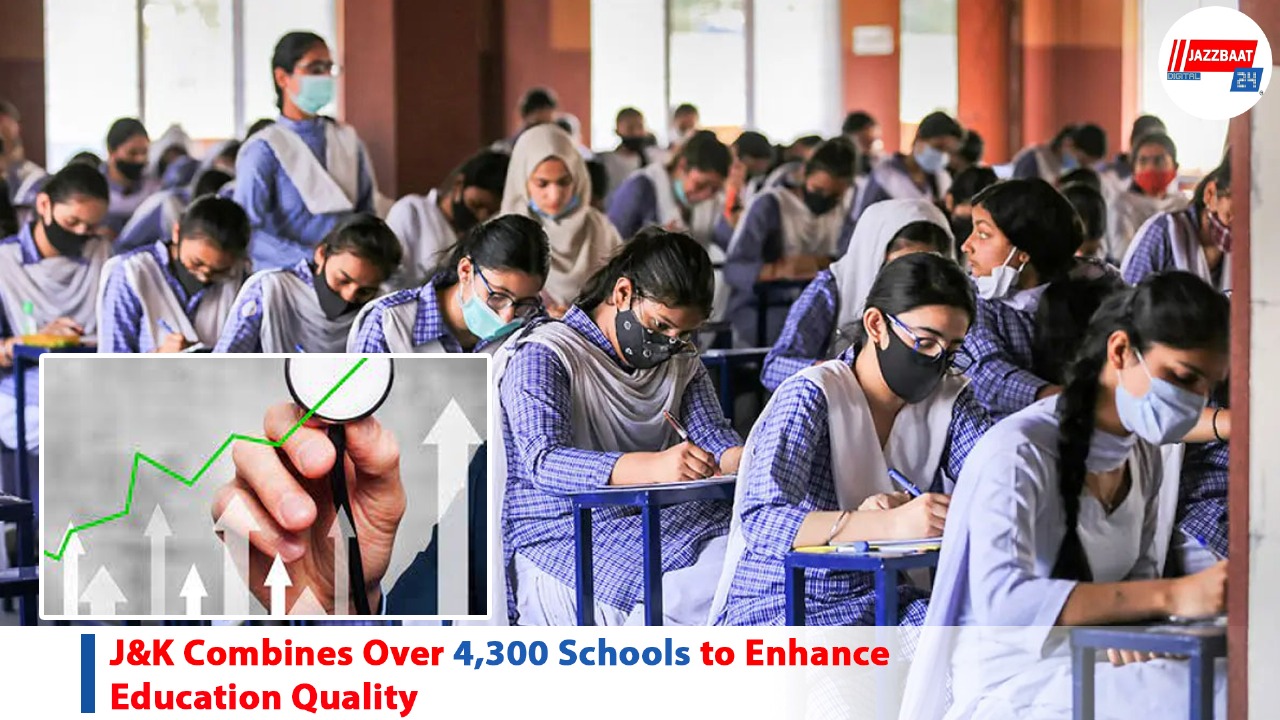
The Government of Jammu and Kashmir has merged 4,358 schools as part of a rationalization scheme for the purpose of improving the education system in the region.
The goal is to better use resources such as classrooms, teachers and infrastructure. The step comes in response to the issue of Undertensed schools, many of which were fewer students, which led to an incapable use of resources.
By merging small schools with high enrollment people, the government expects to provide better educational facilities and create a more balanced learning environment for students.
This rationalization scheme is designed to ensure a better teacher-student ratio, increase infrastructure and improve the overall quality of education by addressing administrative inefficiencies. With less schools working with limited resources, the government's purpose is to consolidate resources to make learning more effective and resourceful. Teachers from weak schools will be re -rescued in schools where they need the most to ensure better coverage for students.
For students, the merger is expected to result in better equipped schools with better features. Larger schools will offer more resources, such as teaching staff, sports activities and additional programs, contributing to more rich educational experience. However, there are further challenges, such as students traveling further to school and worrying about congestion in newly merged schools.
Despite these challenges, the government remains optimistic that the merger will give rise to a more efficient, permanent education system. This initiative is part of a comprehensive effort to modernize the education sector in Jammu and Kashmir , focusing on the better infrastructure, teaching training, and digital learning tools. These changes are expected to provide long term benefits for both students and teachers in the region.